Editor’s Note
The new Defence Procurement Procedure 2016 has been received with enthusiasm by the Indian Defence Industry. Brig Anjum Shahab elaborates the changes made in the DPP 2016, keeping the policies as dictated by the 2013 edition of the document as the basis of comparison. He goes on to give his assessment of the new DPP in certain areas and also amplifies the new clauses that have been incorporated.
DPP 2016: Salient Features and what distinguishes it from DPP 2013
The Defence Procurement Procedure (DPP) 2016, like preivious DPPs, contains policies and procedures relating to procurement/acquisition from Capital Budget of MoD meant for modernisation of Defence Forces including Coast Guard. DPP is not applicable for DRDO and DPSUs, who have their own rules for the purpose.
 A study of the truncated document highlights that it is not only a good improvement of DPP 2013, but also caters for implementation of Make in India Policy of the Government. While there have been some policy changes of great significance, procurement procedures for various categories other than MAKE have not changed. MAKE Procedure, however, has been significantly changed.
A study of the truncated document highlights that it is not only a good improvement of DPP 2013, but also caters for implementation of Make in India Policy of the Government. While there have been some policy changes of great significance, procurement procedures for various categories other than MAKE have not changed. MAKE Procedure, however, has been significantly changed.
For the first time, a ‘Preamble‘ has been incorporated in DPP 2016 for all concerned to recognise that defence procurements are unique and are completely different from standard open market commercial procurements and therefore need flexibility by stakeholders so as to meet requirements of armed forces in a time bound manner. It also urges all concerned to eliminate ‘Opportunity Costs’ that has to be incurred in case of failure or delay in procurement.
Important Policy Changes in DPP-2016
Buy (Indian-IDDM): DPP-2016 introduces a new category besides the existing five categories. Buy (Indian-IDDM), the most favoured category, is expected to be a game changer as this is likely to galvanise Indian Industry to undertake serious R&D to meet the stringent criteria. This is also expected to reduce participation of foreign companies and their products through their Indian Partners as meeting criteria of 60% indigenous content would not be so easy to achieve.
Definition of Indian Vendor: It was extremely essential to have clarity as to who is an Indian Vendor as most of the cases are likely to be categorised in favour of Indian Companies under various categories. With incorporation of definition of Indian Vendor in DPP, it has been properly taken care of.
Indigenous Content (IC):
● In case of Buy-Indian, IC has been increased from 30% to 40% on cost basis.
● In case of Buy & Make Indian, IC on the Make Portion has been increased to 50% from earlier 30%.
● Above changes in IC will help in indigenisation efforts as Indian Companies will have to undertake R&D/absorb technology to increase IC in the product of their foreign collaborator.
SQRs: Decision to list Staff Qualitative Requirement (SQRs) under three heads (Essential parameter-A, Essential parameter-B and Enhanced Performance Parameters(EPP)) in RFP will have a far reaching effect in selection of a better quality equipment. Vendors would not have to worry about Essential Parameters-B till contract is signed as these will not be tested at trial and evaluation stage. In addition, for the first time technical superiority of an equipment would get recognition through EPP.
Defining Attributes (DAs): Incorporation of DAs would help decision makers in categorising a procurement case in a systematic manner and would eliminate arbitrariness in doing so.
Offsets: A major policy change wherein offsets would now be applicable for those cases only where indicative cost of procurement is Rs 2000 crores or more as against Rs 300 crores till now. It is a big relief to foreign OEMs. Policy change however is not favourable to Indian Companies who would now have lesser offset related opportunities.
Single Vendor Situation at Bid Submission Stage: An important policy change wherein single vendor situation arising at bid submission stage can be permitted with due approvals.
Reimbursement of Cost of Items: DPP provisions now permit reimbursement of cost of items provided for FET to selected vendors. This is however applicable in case a low value procurement done in large quantities.
‘MAKE’ Category of Acquisition: Policies and procedures for procurement under MAKE Category have undergone a total change from that of DPP-2013. Imp ones that merit attention are listed below:
● Make category has been totally delinked from other categories of Acquisition and will be handled separately altogether under a new organisation named Project Management Unit (PMU).
● Make will have a dedicated AAP totally delinked from AAP for other categories.
● Make will have two sub categories, Make-I and Make-II. Cases under Make-I would be Government funded whereas cases under make-II would have no government funding. Government funding for Make-I cases has been increased from 80% to 90% of Prototype Development cost.
● Acquisition under Make will be in two stages i.e. Prototype Design and Development Stage and Acquisition Stage under Buy (Indian-IDDM). Policies and Procedures for Design and Development Stage have been streamlined and are given in Chapter III of DPP 2016.
● There is assured business for MSMEs under Make I and Make II who will have projects of certain values reserved only for them.
● There will be more number of Make Cases as compared to very few (in single digit) that have been categorised as Make in last 10 years or so.
● MoD will make a list of Make II sub-category cases and upload them on MoD website. First list of Make-II cases is already there on the website.

DRDO Bhawan
Strategic Partnership: A policy decision of a great significance. MoD in principle has accepted recommendations of Dhirendra Singh Committee for long term strategic partnerships with Indian Private Industry to build up additional capacities in six strategic segments such as aircraft/helicopters, warships/submarine, armoured vehicle, missiles, command and control system and critical materials and has constituted a Task Force for laying down the criteria for selection of Strategic Partners in abovementioned six segments. Task Force has submitted its report. Therefore, policies and procedures for Strategic Partnership should soon be notified by MoD and inserted at Chapter VII of DPP 2016.
Other Noteworthy Improvements/Policy and Procedural Changes: The document has been written in very simple language and is therefore easy to understand and comprehend. It is also structured in such a way that most of the information pertaining to a particular subject (say RFI, RFP, SQRs, AAP etc) is listed at one place under one header. 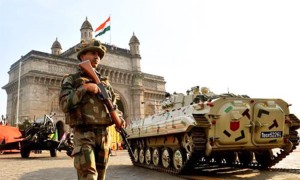 A large number of other policy and procedural changes have also been done with a view to bring in more clarity on some of the issues and also to reduce procurement time cycle. Some important changes are listed below:
A large number of other policy and procedural changes have also been done with a view to bring in more clarity on some of the issues and also to reduce procurement time cycle. Some important changes are listed below:
● RFP will be drafted at the time of seeking AON and will be attached as one of many documents required for seeking AON.
● Time period between drawing up of AON and issue of RFP has been reduced to six months from earlier one year for ‘Buy’ and ‘Buy and Make’ cases and to one year from earlier two years for ‘Buy & Make (Indian)’ cases.
● Policy and Procedures for ‘Change of Name of Vendor’ has been incorporated.
● Policy regarding a situation in a Buy & Make (Indian) Category where all participating Indian Companies have offered product from one foreign OEM has been formulated.
● Policy regarding contingency where in a Buy & Make Category Procurement, all participating Foreign Companies have chosen same Indian Company as their Production Agency has been formulated.
● For delegated power cases, TEC Report would henceforth be approved and accepted by CFAs at Service HQ.
● For delegated power cases, Staff Evaluation Report would henceforth be approved and accepted by CFAs at Service HQ.
● Integrity Pact would now be signed in all procurement cases of value of Rs 20 crores and above.

Image Courtesy: IDRW.org
DPP-2016 lays down clear cut guidelines, policies and procedures for procurement agencies to follow. Efficient and effective implementation of procurement processes, if followed in letter and in spirit will result in expeditious procurement, which is the call of the day.
(Disclaimer: The views and opinions expressed in this article are those of the author and do not necessarily reflect the official policy or position of BharatShakti.in)

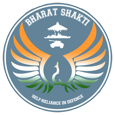



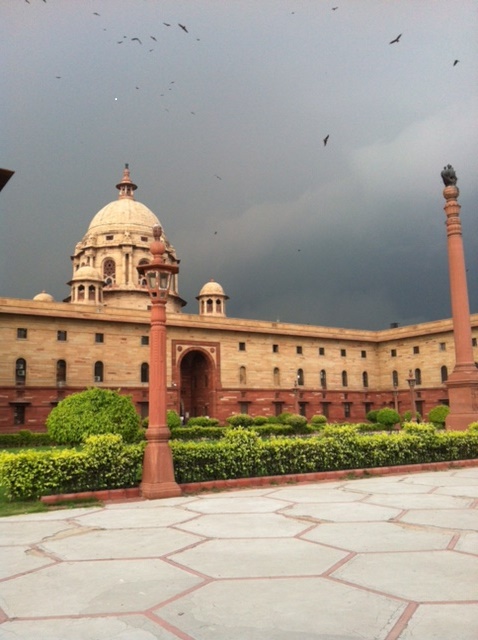


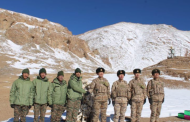


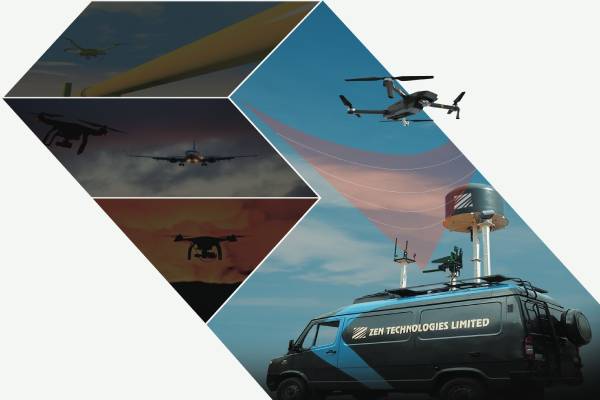











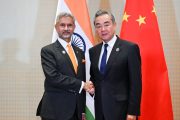


















1 Comments
Brigadier Sunil Gokhale
An excellent summary of the DPP 2016 which simplifies understanding of the document.